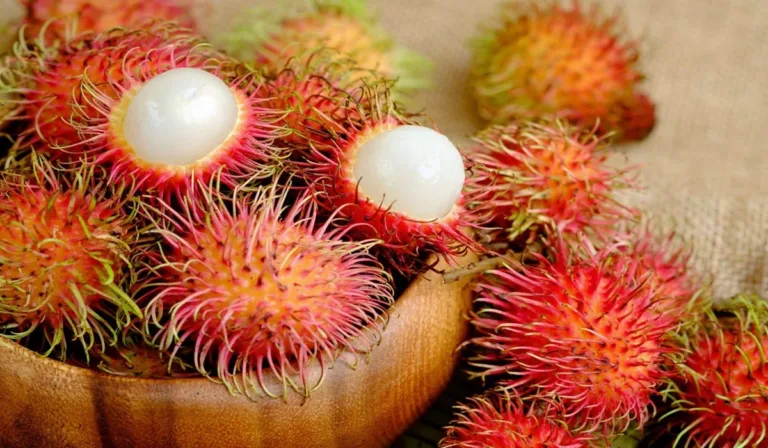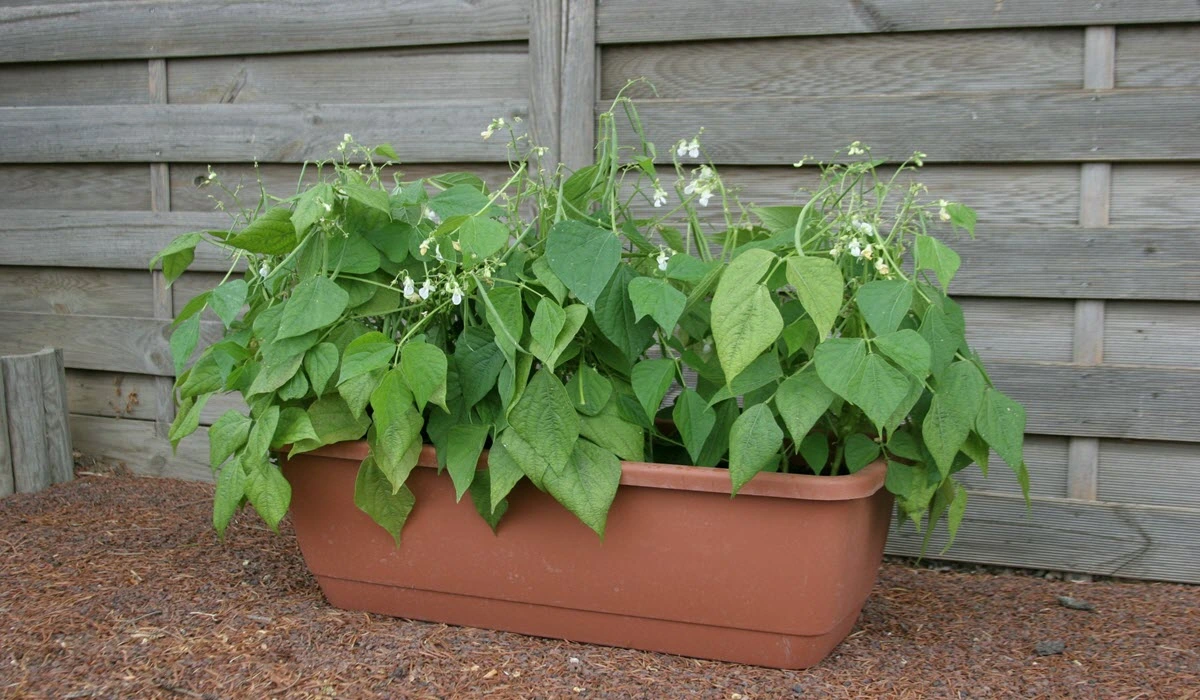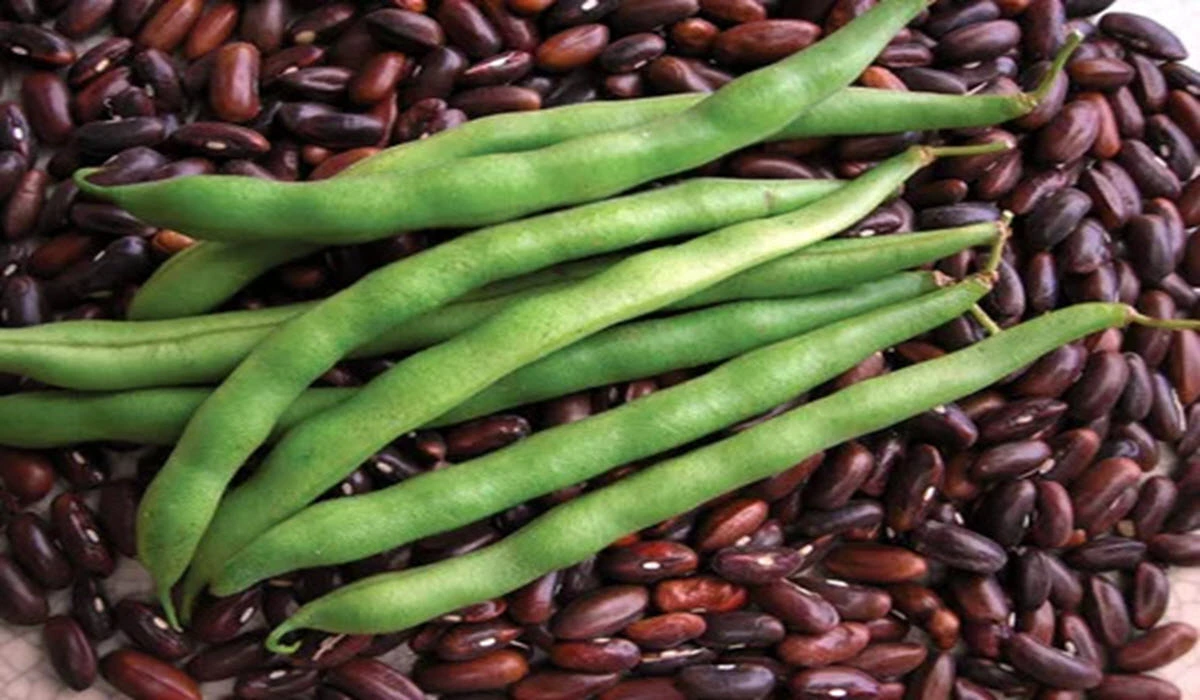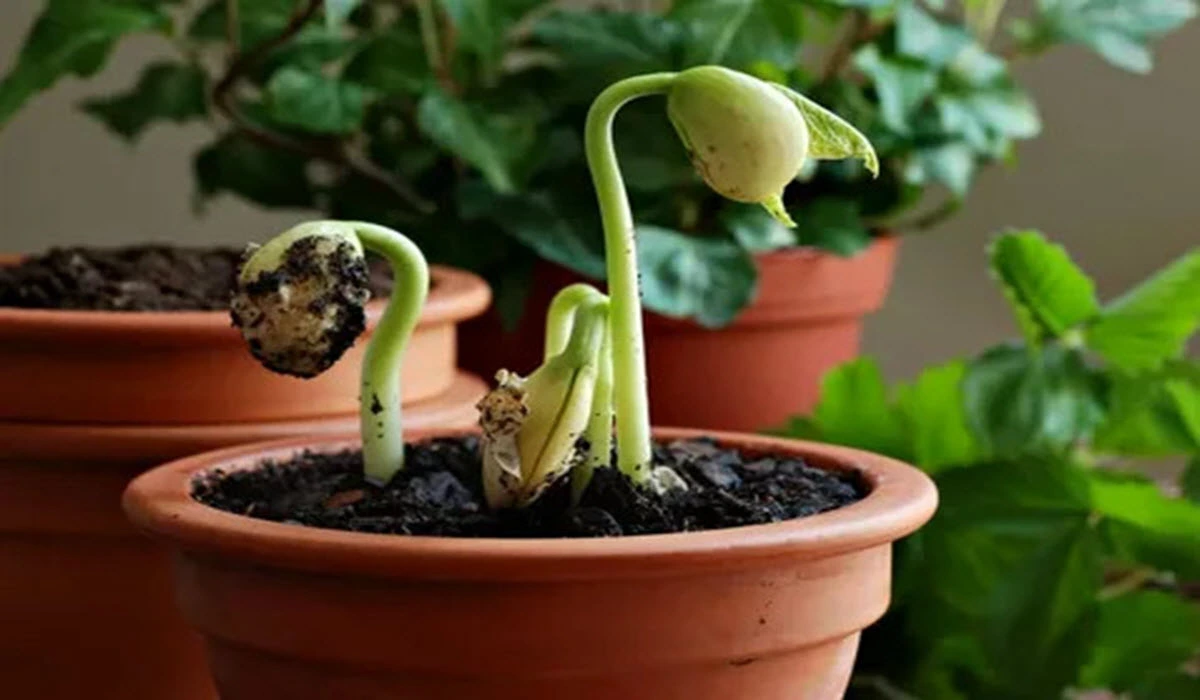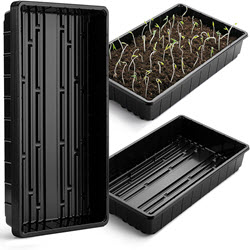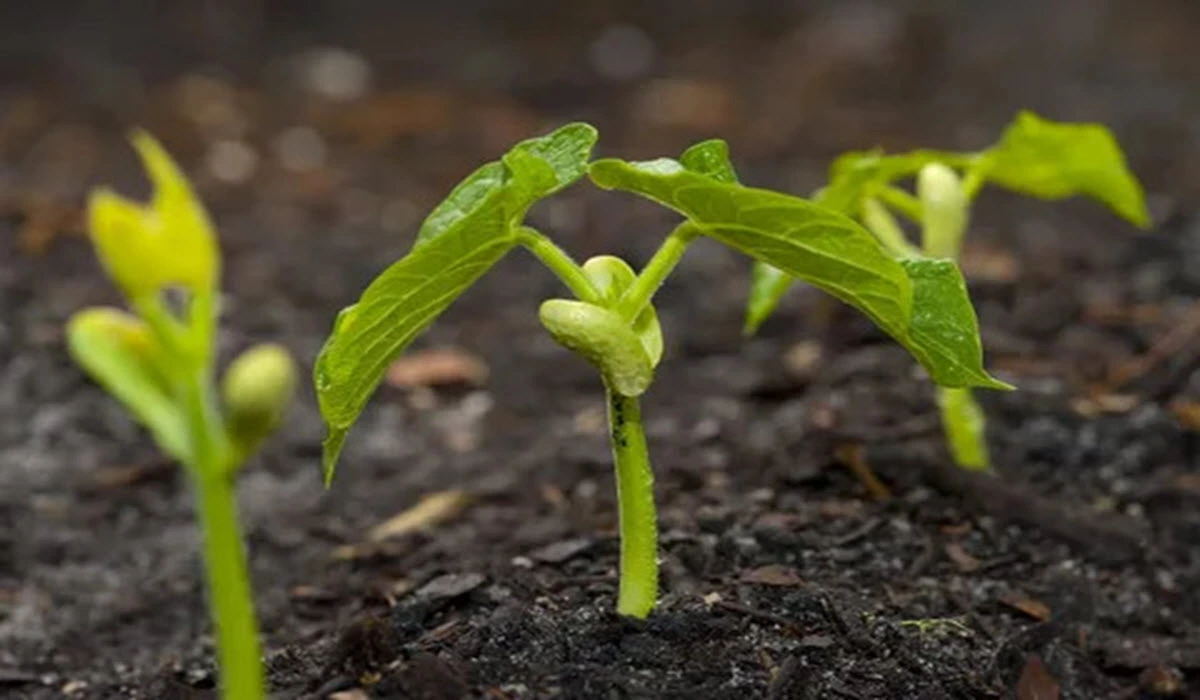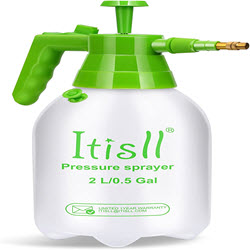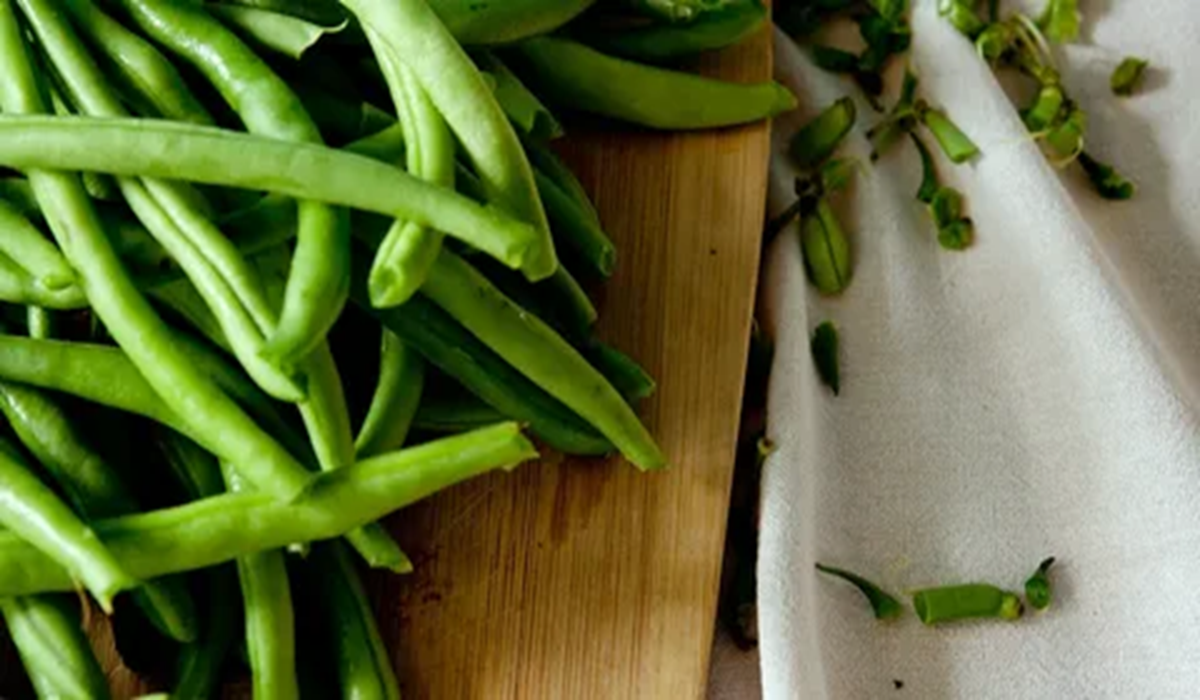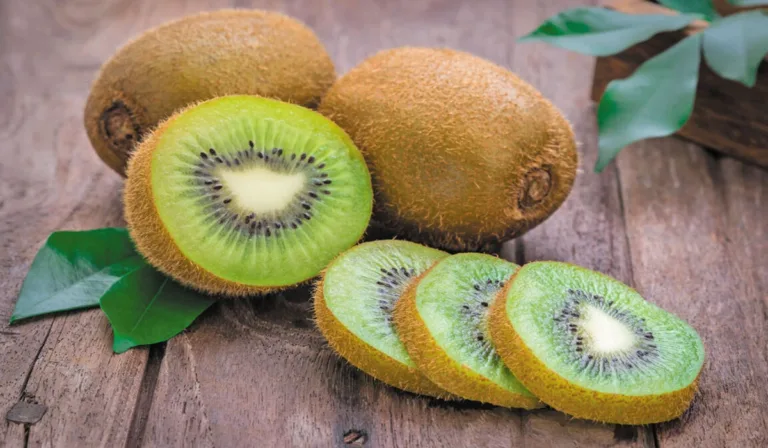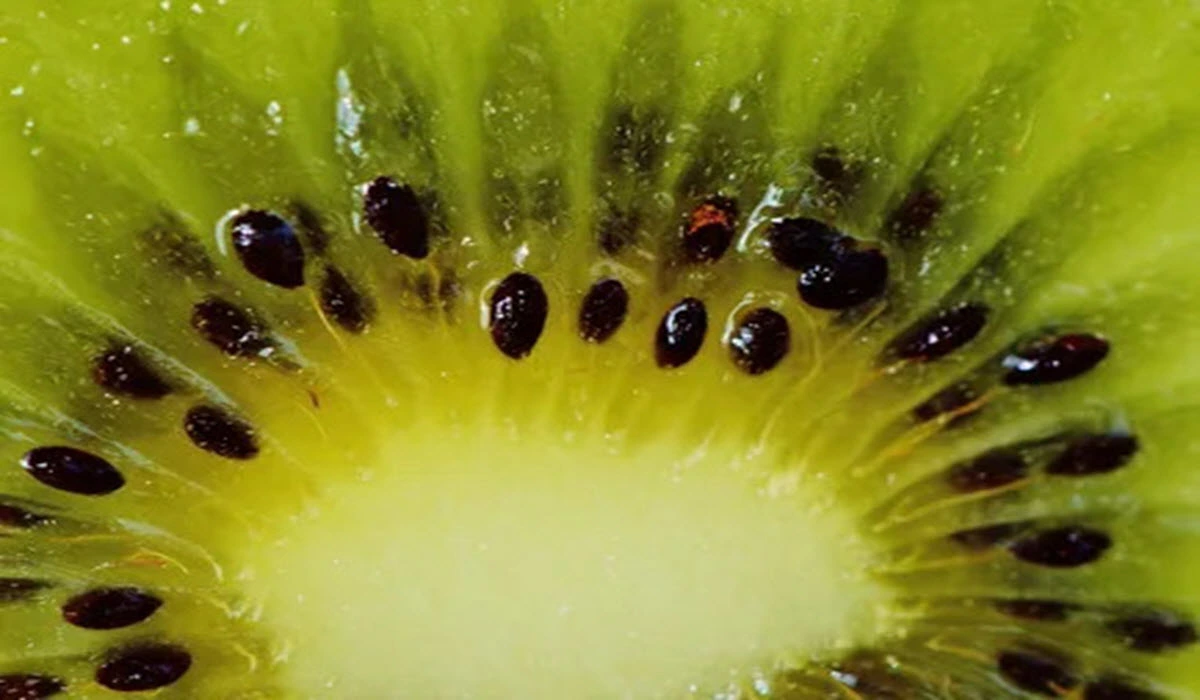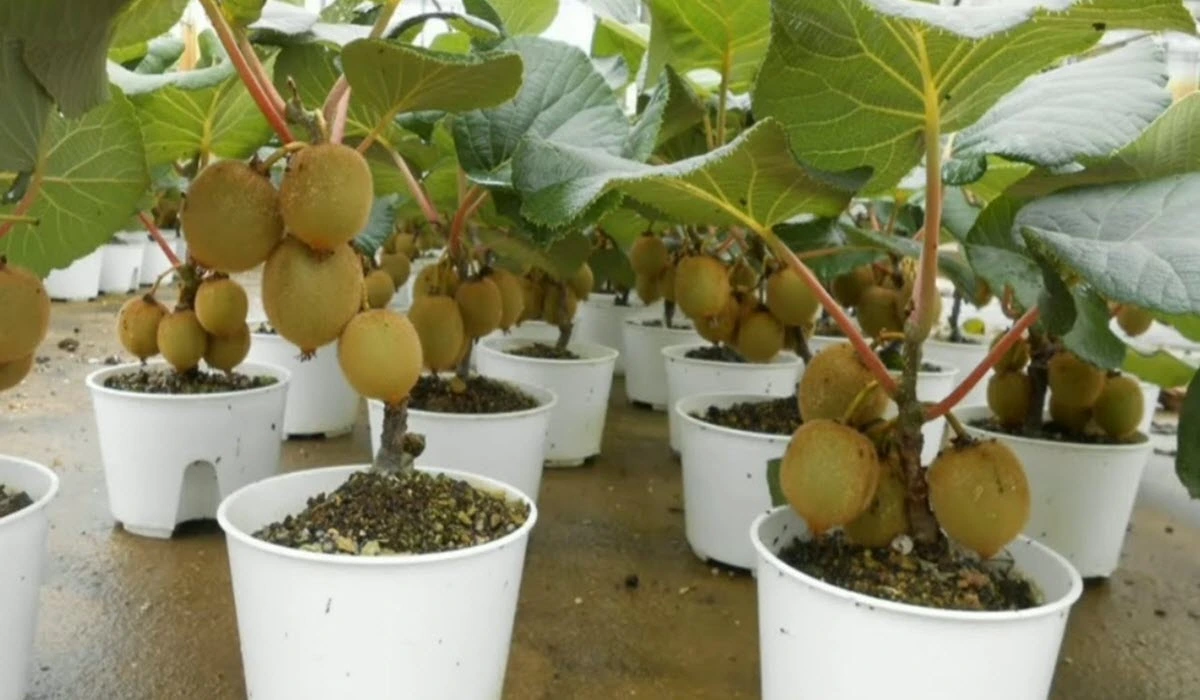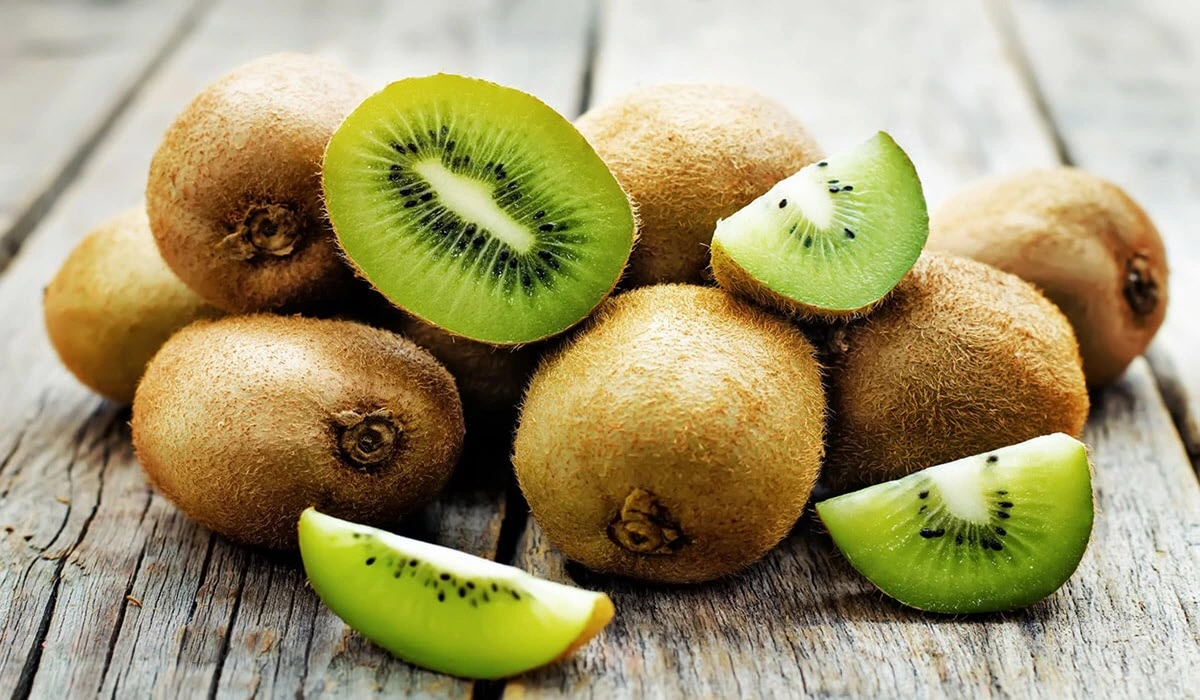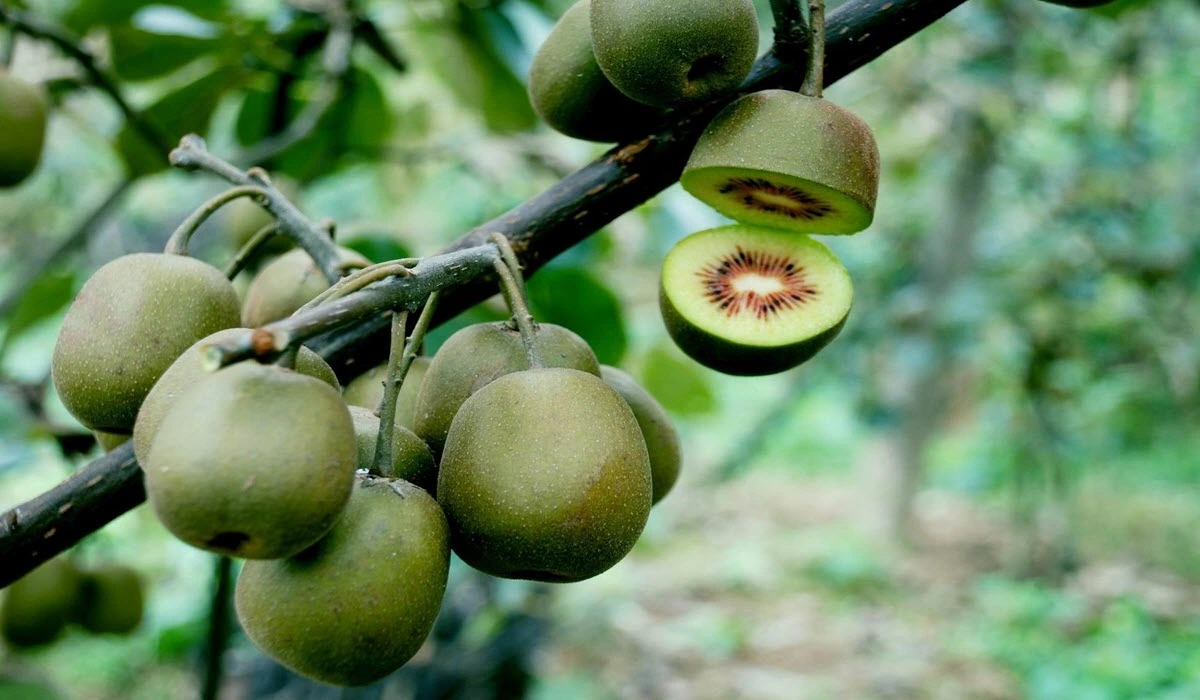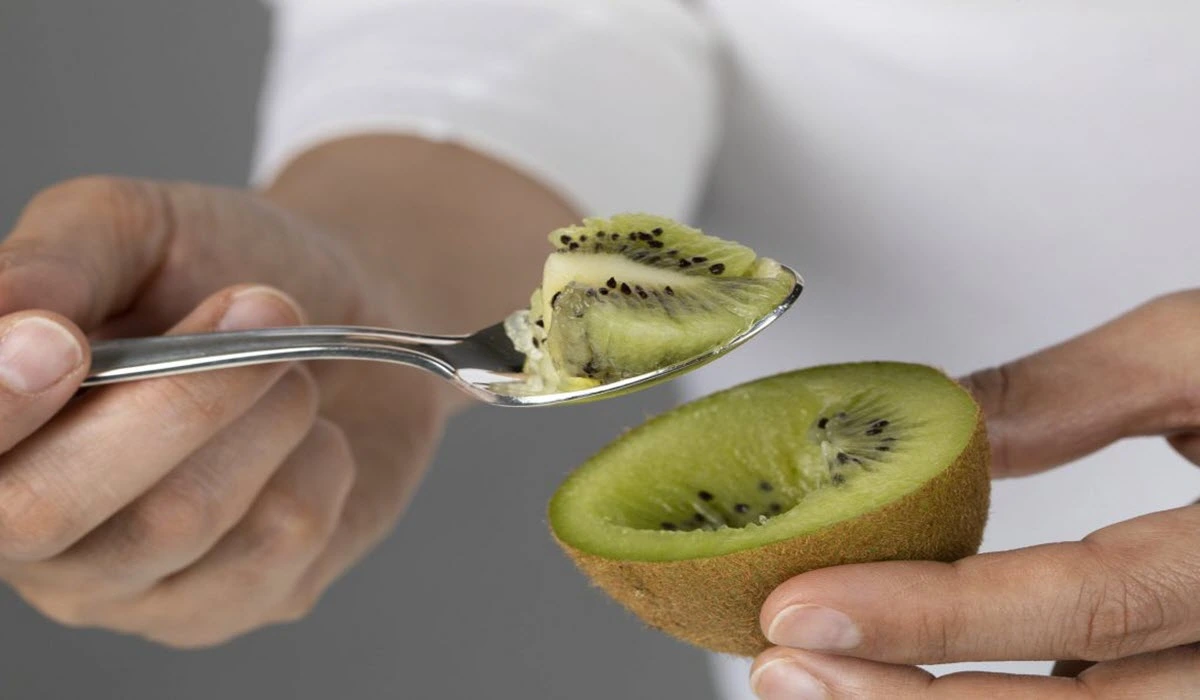Rambutan fruit, also known as Nephelium lappaceum, is a tropical fruit native to Southeast Asia. This exotic fruit is popular for its sweet and juicy flesh, which is surrounded by a spiky red or yellow skin. Rambutan trees are relatively easy to grow and with proper care, you can enjoy a bountiful harvest of this delicious fruit. In this article, we’ll take a look at how to grow rambutan fruit from seed, how big does a rambutan tree grow, best season for planting rambutan, rambutan cultivation, how to eat a rambutan fruit and explore its health benefits.
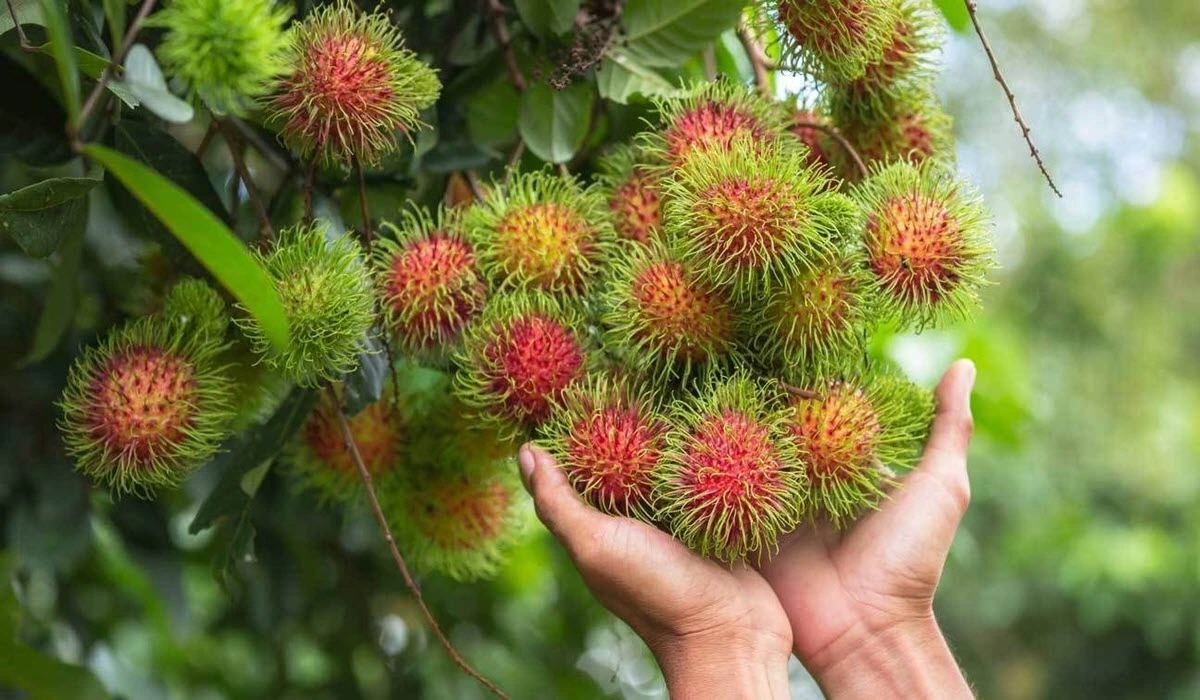
Growing Rambutan Fruit
Rambutan trees thrive in tropical climates and are well-suited for growing in warm and humid areas. If you live in a cooler climate, you may need to grow your rambutan tree in a greenhouse to ensure that it receives the warmth and humidity it needs to thrive.
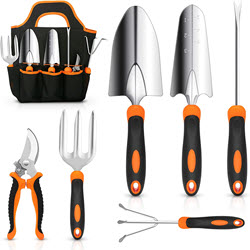
|
CHRYZTAL Stainless Steel Heavy Duty Gardening Tool SetGarden Tool Set, Stainless Steel Heavy Duty Gardening Tool Set, with Non-Slip Rubber Grip, Storage Tote Bag, Outdoor Hand Tools, Ideal Garden Tool Kit Gifts for Women and Men |
Here are Some Steps to Follow When Growing Rambutan Fruit:
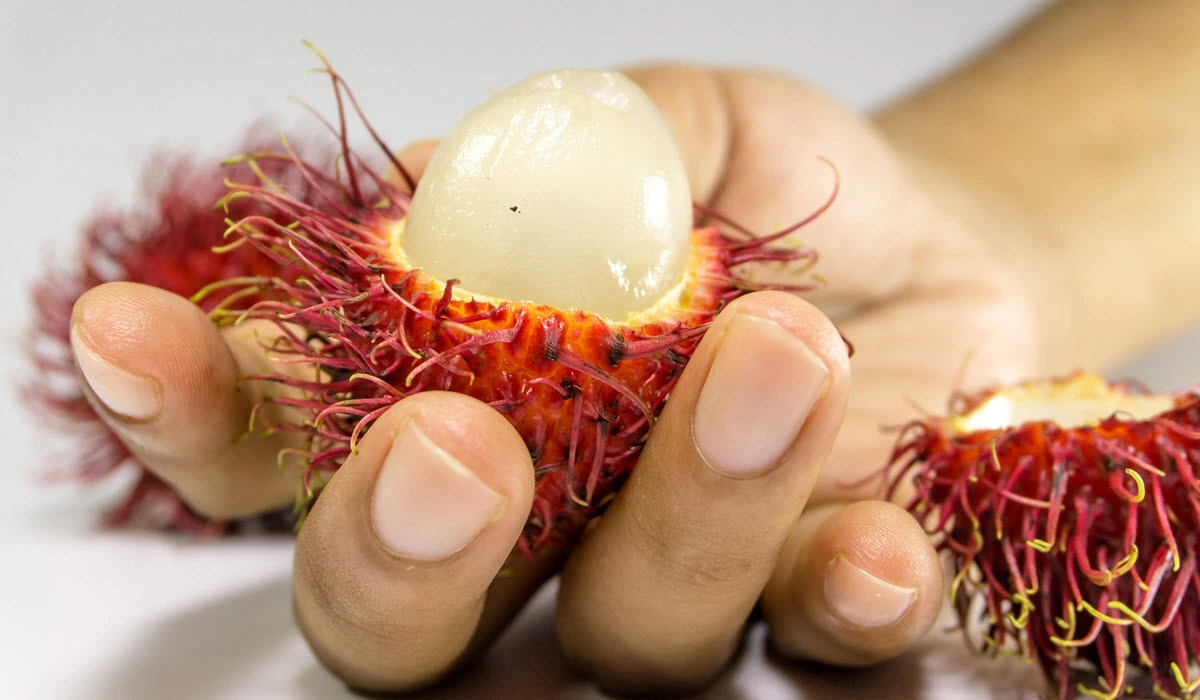
Choose a Sunny Location:Rambutan trees need plenty of sunlight to grow and produce fruit. Choose a location in your yard that receives full sun for at least six hours a day.
Plant Your Tree:Rambutan trees prefer well-draining soil, so make sure your planting location has good drainage. Dig a hole that is twice as wide and deep as the root ball of your tree, and place the tree in the hole. Cover the roots with soil, and water well.
Water Regularly:Rambutan trees need regular watering to thrive. Water deeply once a week, or more often during hot and dry weather.
Fertilize Your Tree:Rambutan trees benefit from regular fertilization. Use a balanced fertilizer with a ratio of 10-10-10, and apply it every three months during the growing season.

|
5 pack Garden Pruning Shears Stainless Steel Blades5 pack Garden Pruning Shears Stainless Steel Blades, Handheld Scissors Set with Gardening Gloves,Heavy Duty Garden Bypass Pruning Shears,Tree Trimmers Secateurs, Hand Pruner |
Prune Your Tree:Pruning your rambutan tree helps to increase healthy growth of plants. Remove damaged branches, and trim back any branches that are growing too close together.
Harvest Your Fruit:Rambutan fruit is ready to harvest when the skin turns bright red or yellow. Simply twist the fruit off the tree, or use a pair of scissors to cut it off.
Health Benefits of Rambutan Fruit
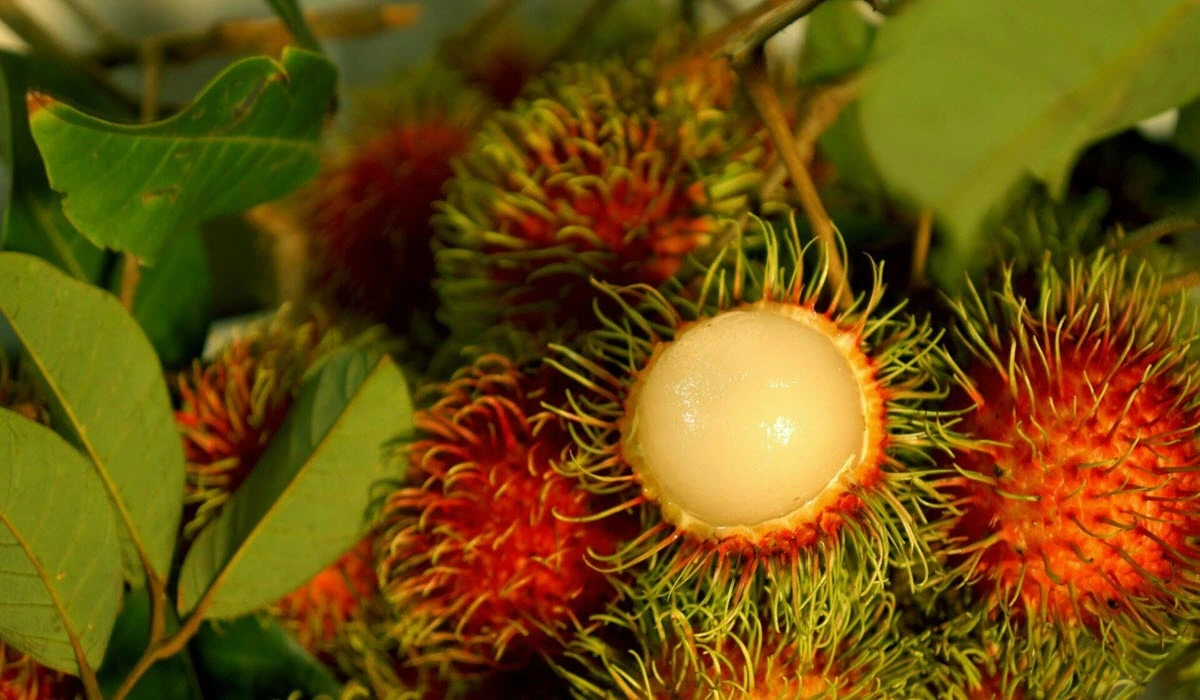
Rambutan fruit is not only delicious but also packed with nutrients that can benefit your health. Here are some of the health benefits of rambutan fruit:
Rich In Antioxidants:Rambutan fruit is high in antioxidants, which can help to protect your cells from damage caused by free radicals.
Boosts Immunity:Rambutan fruit is a good source of vitamin C, which can help to boost your immune system and fight off infections.
Supports Digestion:Rambutan fruit contains fiber, which can help to support healthy digestion and prevent constipation.
Lowers Cholesterol:Rambutan fruit contains compounds that can help to lower cholesterol levels and reduce the risk of heart disease.
In conclusion, growing rambutan fruit is a rewarding and relatively easy process. By following the steps outlined above, you can enjoy a bountiful harvest of this delicious and nutritious fruit. And with its numerous health benefits, rambutan fruit is a great addition to any healthy diet.

